On the "yellow rain" and "orange agent"
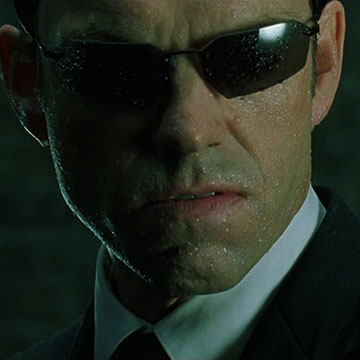
Hi,% username%.
I congratulate you: according to the results of the voting, I, apparently, have not shut up yet, and I continue to poison your brain with information about a wide variety of poisons - strong and not so much.
')
Today we will talk about that topic, which, as it turned out, interests the majority - this has already become obvious, especially since the organizer of the competition took down the closest competitor for non-compliance
Remember,% username%, now only you decide whether I should continue to tell similar stories and what to tell about - this is both the rating of the article and your own voice.
So…
"Yellow rain"
Yellow rain knocks on the roofs- Valery Obodzinsky
On asphalt and on the leaves,
I stand in a raincoat and soak in vain.
The story of the "yellow rain" is the story of the epicfail. The name "yellow rain" arose from the events in Laos and North Vietnam that began in 1975, when two governments that were in alliance with the Soviet Union and supported it, fought against the Hmong rebels and the Khmer Rouge, who sided with the United States and South Vietnam. The funny thing is that the Khmer Rouge were mainly trained in France and Cambodia, and adolescents of 12-15 years old joined the movement, who lost their parents and hated the citizens as "accomplices of the Americans". Their ideology was based on Maoism, rejection of everything Western and modern. Yes,% username%, in 1975, the planting of democracy was no different from today.
As a result, in 1982, the United States Secretary of State Alexander Haig accused the Soviet Union of supplying a certain toxin to the communist states in Vietnam, Laos and Cambodia for use in the fight against the rebels. Allegedly, the refugees described many cases of chemical attacks, including sticky yellow liquid falling from airplanes or helicopters, which was called “yellow rain”.
Toxin T-2 was considered a “yellow rain” - a trichothecene mycotoxin produced in the metabolism of toxins of mold fungi of the genus Fusarium, which is extremely toxic to eukaryotic organisms — that is, everything except bacteria, viruses and archaea (do not be offended if you are called eukaryotic!) This toxin causes limentary toxic agranulocytosis and multiple symptoms of organ damage when it comes into contact with the skin, lungs or stomach. At the same time, animals can also be poisoned (the so-called T-2 toxicosis).
Here is a handsome T-2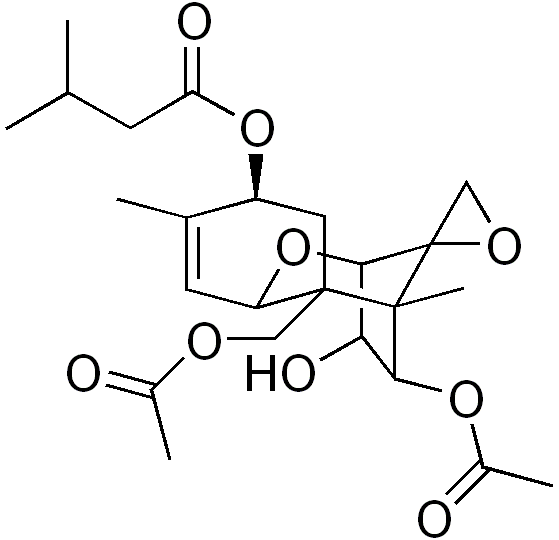

The story was urgently inflated, and T-2 toxins are attributed to biological agents that are officially recognized as those that can be used as biological weapons.
A 1997 textbook issued by a medical department of the US Army claimed that more than ten thousand people were killed in chemical attacks in Laos, Cambodia and Afghanistan. The descriptions of the attacks were varied and included aerosol cans and aerosols, booby traps, artillery shells, rockets and grenades that produced liquid droplets, dust, powders, smoke, or “insect-like” materials of yellow, red, green, white or Brown color.
The Soviets denied the statements of the United States, and the initial investigation of the United Nations was ineffective. In particular, UN experts examined two refugees who claimed to be suffering from the effects of a chemical attack, but instead were diagnosed with fungal skin infections.
In 1983, Harvard biologist and biological weapons opponent Matthew Mezelson and his team went to Laos and conducted a separate investigation. Mezelson’s team noted that trichothecene mycotoxins occur naturally in the region, and questioned testimony. They put forward an alternative hypothesis that the yellow rain was harmless bee feces. The Mezelson team offered the following as evidence:
Separate “yellow raindrops” that were found on the leaves and which were “accepted as authentic,” consisted mainly of pollen. Each drop contained a different mixture of pollen grains - as one would expect if they came from different bees - and the grains exhibited properties characteristic of pollen digested by bees (the protein inside the pollen grain disappeared, and the outer indigestible shell remained). In addition, a mixture of pollen originated from plant species typical of the area where the drop was collected.The US government was very upset, offended and reacted to these findings, arguing that the pollen was intentionally added to make a substance that can be easily inhaled, and "to ensure the retention of toxins in the human body." Mezelson responded to this idea, saying that it was rather far-fetched to imagine that someone would produce chemical weapons, “collecting pollen digested by bees.” The fact that pollen originated in Southeast Asia meant that the Soviet Union could not produce this substance domestically and would have to import tons of pollen from Vietnam (apparently, in a jar of Zvezdochka balsam? I had to tell Meselson!) . The work of Meselson was described in the independent medical review as "convincing evidence that" yellow rain "can have the usual natural explanation."
After the publication of the bee hypothesis, a sudden Chinese article about the phenomenon of yellow litter in Jiangsu Province in September 1976 suddenly (as usual) surfaced. It is amazing that Chinese people also used the term “yellow rain” to describe this phenomenon (and now tell us about the richness of the Chinese language!). Many villagers believed that yellow litters were an omen of the inevitable earthquake. Others believed that the litter was a chemical weapon sprayed by the Soviet Union or Taiwan. However, Chinese scientists also concluded that the litter was descended from bees.
Analyzes of alleged yellow rain samples by the governments of Great Britain, France and Sweden confirmed the presence of pollen and could not detect any traces of mycotoxins. Toxicological studies questioned the credibility of reports that mycotoxins were found in suspected victims up to two months after exposure, because these compounds are unstable in the body and are removed from the blood in just a few hours.
In 1982, Mezelson visited the Hmong refugee camp with samples of bee droppings he had collected in Thailand. Most of the Hmong respondents said that they were samples of chemical weapons with which they were attacked. One person accurately identified them as insect droppings, but after his friend took him aside and said something, he switched to a chemical weapon story.
Australian military scientist Rod Barton visited Thailand in 1984 and found that Thai residents blamed yellow rain for various ailments, including scabies, because “American doctors in Bangkok report that the United States has a special interest in yellow rain and provides free medical care to all alleged victims. "
In 1987, the New York Times prepared an article that described that field studies conducted in 1983–85 by US government groups did not provide any evidence to support the initial allegations of chemical weapons “yellow rain”, but instead questioned the reliability initial reports. Unfortunately, in the country of a victorious democracy and unprecedented freedoms this article was censored and not allowed for publication. In 1989, the Journal of the American Medical Association published an analysis of initial reports collected from Hmong refugees, which noted “obvious inconsistencies that severely undermined testimony”: the US Army team interviewed only those people who said they knew about the attacks with the use of chemical weapons, and the investigators asked only leading questions during interrogations, etc. The authors noted that the stories of individuals changed over time, did not correspond to other stories, and that people who claimed to be eyewitnesses later stated that they transmitted stories from others. In short, confusion in the testimony in its purest form.
By the way, in this story there are piquant moments. A 1960 CIA report reported that the government of Cambodia claimed that their forces had been attacked with chemical weapons, which had been left behind by yellow powder. Cambodians blamed the United States for these alleged chemical attacks. Some samples of the "yellow rain" collected in Cambodia in 1983, gave a positive result on CS - a substance that the US used during the Vietnam War. CS is a form of tear gas and is not toxic, but may explain some of the milder symptoms reported by residents of Hmong village.
However, there were other facts: the autopsy of the Khmer Rouge fighter named Tran Mann, who was injured by the alleged yellow rain attack in 1982, found traces of mycotoxins, as well as aflatoxin, Blackwater fever and malaria. The story was immediately inflated by the United States, as if supposedly proof of the use of “yellow rain”, but the reason for this turned out to be quite commonplace: mycotoxin producing fungi are very common in Southeast Asia, and poisoning with them is not unusual. For example, the Canadian military laboratory found mycotoxins in the blood of five people from the area who had never been exposed to yellow rain, out of 270 people tested, but did not find any of mycotoxins in one of the ten alleged victims of the "chemical attack."
It is now recognized that contamination by mycotoxins of products such as wheat and maize is a common problem, especially in Southeast Asia. In addition to the natural nature, hostilities also exacerbated the situation, since grain was stored in inappropriate conditions so that the opposing parties did not seize it.
Most of the scientific literature on this topic currently considers the hypothesis that the "yellow rain" was a Soviet chemical weapon. However, this issue remains controversial, and the US government has not abandoned these allegations. By the way, many US documents relating to this incident remain classified.
Yes, yes, my friend, Colin Powell in those years most likely just started his career - but his business lived, so there is nothing to believe that he invented something new - just as there is nothing to believe that the United States every time comes up with something A new technology of struggle for their interests.
By the way, other historical cases of hysteria about the "yellow rain".
- An episode of mass pollen release in bees in 2002 in Sangramura, India, caused unreasonable fears about attacks with chemical weapons, although in reality this was due to the mass migration of giant Asian bees. This event revived memories of what New Scientist described as the “paranoia of the cold war.”
- On the eve of the invasion of Iraq in 2003, the Wall Street Journal claimed that Saddam Hussein had a chemical weapon called “yellow rain”. In fact, Iraqis investigated T-2 mycotoxins in 1990, but only purified 20 ml of the substance from fungal cultures. Even then, a practical conclusion was made that although T-2 may be suitable for use as a weapon due to its toxic features, it is practically not applicable, since it is extremely difficult to manufacture on an industrial scale.
- May 23, 2015, shortly before the national holiday of May 24 (the day of the Bulgarian writing and culture), in Sofia, Bulgaria, a yellow rain fell. Everyone urgently decided that the reason was that the Bulgarian government criticized Russia's actions in Ukraine at that time. A little later, the Bulgarian National Academy BAN explained this event with pollen.
In short, the whole world has long ceased to laugh at the theme of "yellow rain", but the United States still does not give up.
"Orange Agent"
“Orange Agent” is also a file, but unfortunately not so funny. And there will be no laughter. Sorry,% username%
In general, the first herbicides, or as they were called - defoliants - have been used during the Malay operation by Britain since the early 1950s. From June to October 1952 1,250 acres of jungle vegetation was sprayed with a defoliant. The chemical giant Imperial Chemical Industries (ICI), which produced the defoliant, characterized Malaya as a "profitable experimental field."
In August 1961, under pressure from the CIA and the Pentagon, US President John F. Kennedy sanctioned the use of chemicals to destroy vegetation in South Vietnam. The purpose of spraying was the destruction of jungle vegetation, which would facilitate the detection of units of the North Vietnamese army and partisans.
Initially, for experimental purposes, the South Vietnamese aviation, under the direction of the American military, used to spray defoliants over small forests in the Saigon area (now Ho Chi Minh). In 1963, a larger area on the Kamau Peninsula (the current territory of Kamau Province) was subjected to defoliant treatment. Having obtained successful results, the American command began a massive use of defoliants.
By the way, rather quickly it was no longer just about the jungle: the US military began to focus on food crops in October 1962. In 1965, 42% of all herbicide sprays were targeted at food crops.
In 1965, members of the US Congress were told that "the destruction of crops is understood as a more important goal ... but when publicly mentioning the program, the emphasis is on defoliation in the jungle." The servicemen were told that they were destroying crops because they were supposedly going to feed the partisans with their crops. It was later discovered and proved that almost all the food that the military destroyed was not made for the partisans; in fact, it was grown only to support the local civilian population. For example, in 1970 Kuang Ngai province alone destroyed 85% of the acreage, as a result of which hundreds of thousands of people suffered from hunger.
As part of Operation Ranch Hand, all areas of South Vietnam, many areas of Laos, and Cambodia were exposed to chemical exposure. In addition to forests, cultivated fields, gardens and rubber plantations. Since 1965, defoliants were sprayed over the fields of Laos (especially in its southern and eastern parts), since 1967 - in the northern part of the demilitarized zone. In December 1971, President Nixon ordered the cessation of the mass use of herbicides, but their use was permitted away from US military facilities and large settlements.
Between 1962 and 1971, the US military sprayed about 20,000,000 gallons (76,000 cubic meters) of various chemicals.
The American forces mainly used four herbicidal formulations: purple, orange, white and blue. Their main components were: 2,4-dichlorophenoxyacetic acid (2,4-D), 2,4,5-trichlorophenoxyacetic acid (2,4,5-T), picloram, and cacodylic acid. Orange recipes (against forests) and blue (against rice and other crops) were most actively used - but in general there were enough “agents”: besides orange, pink, purple, blue, white and green were used - the difference was in the ratio of ingredients and color strip on the barrel. For better atomization of chemicals, kerosene or diesel fuel was added to them.
The development of a compound in a form ready for tactical use is attributed to laboratory units of the DuPont Corporation. She is also credited with participating in the receipt of the first contracts for the supply of tactical herbicides, along with the companies Monsanto and Dow Chemical. By the way, the production of this group of chemicals belongs to the category of hazardous production, as a result of which comorbidities (often fatal) were received by workers of the plants of the above-mentioned manufacturing companies, as well as residents of settlements, within the city limits or in the vicinity of which production facilities were concentrated .
2,4-dichlorophenoxyacetic acid (2,4-D)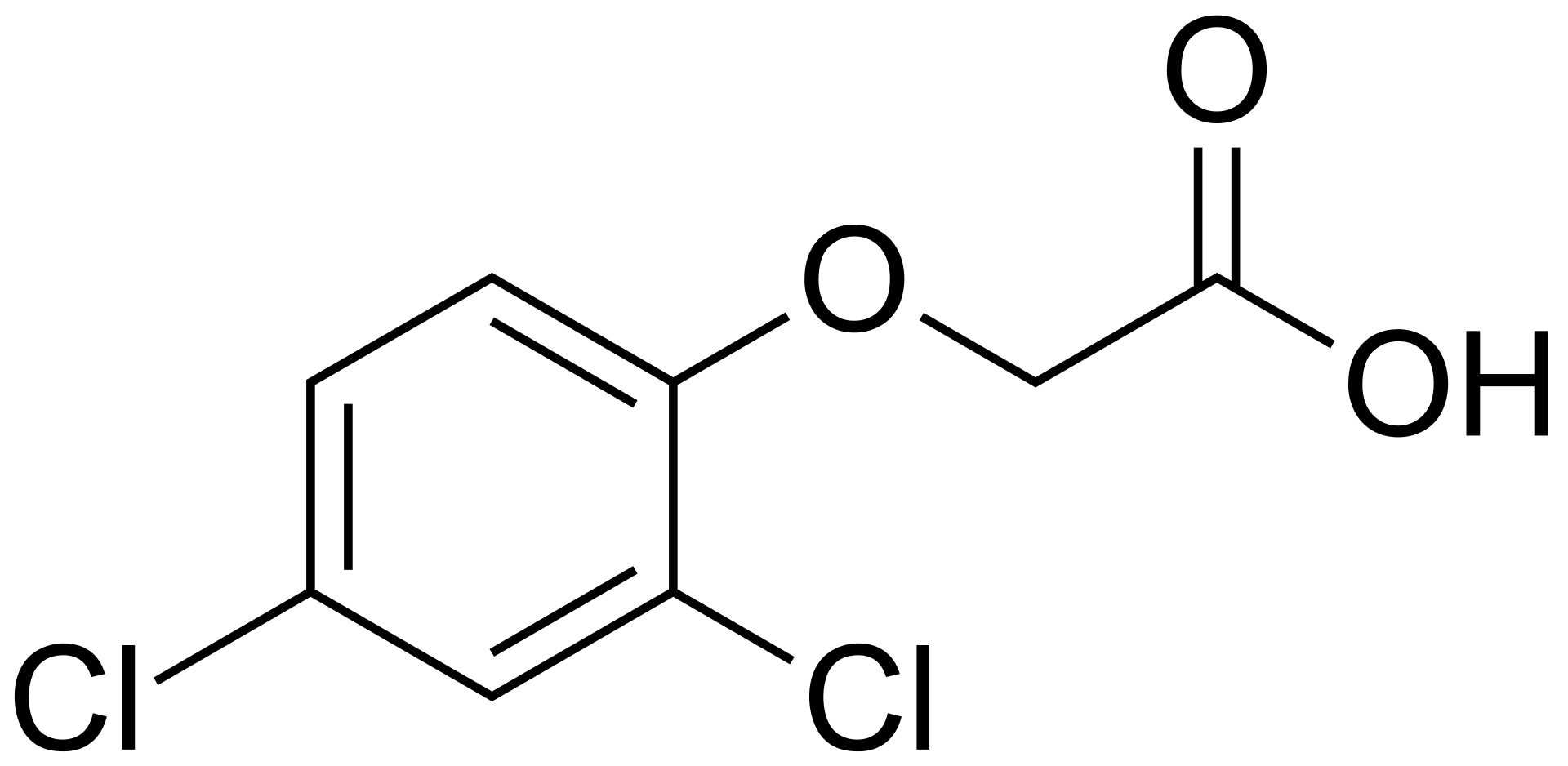

2,4,5-trichlorophenoxyacetic acid (2,4,5-T)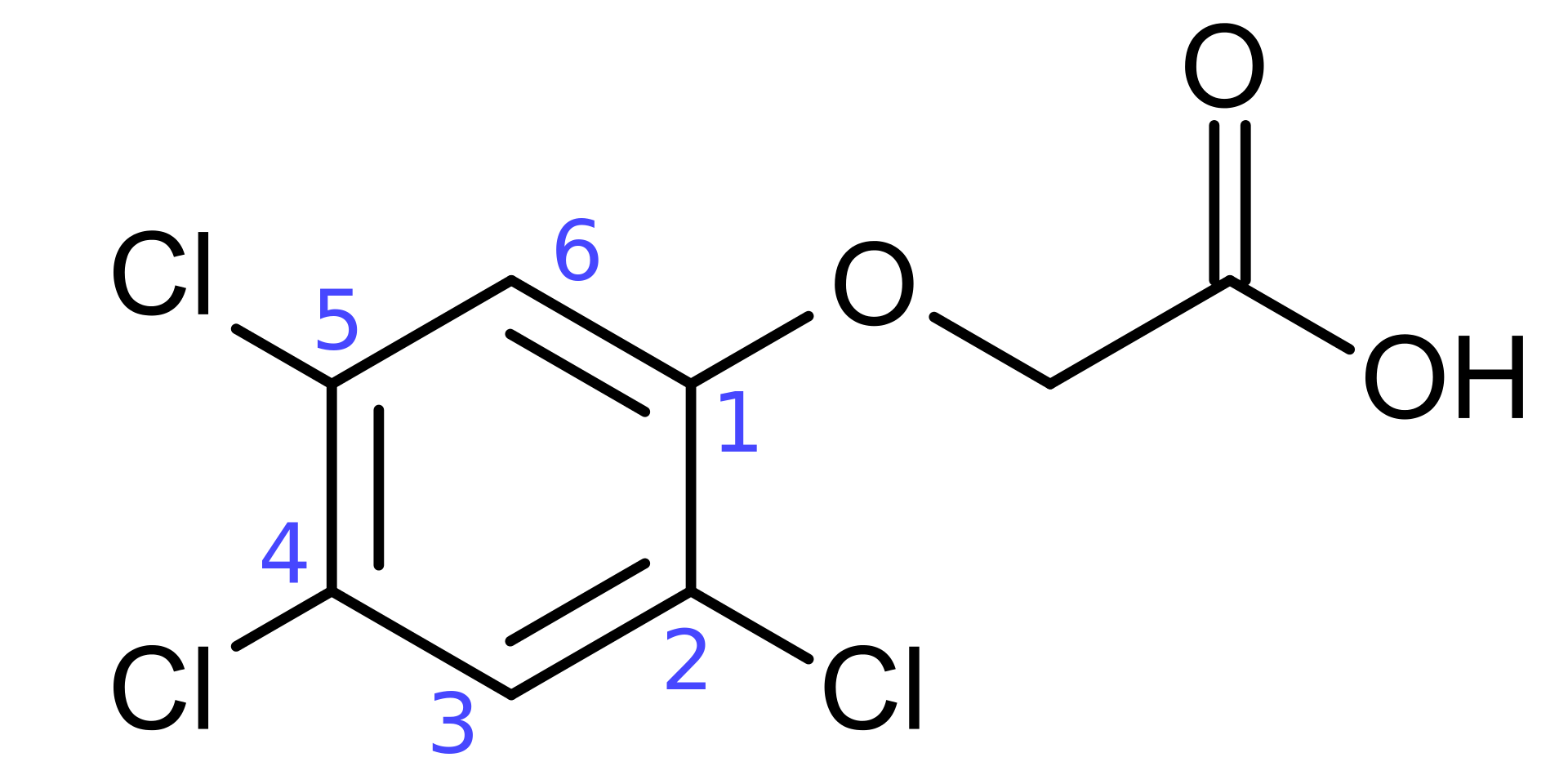

Picklore

Cacodilic acid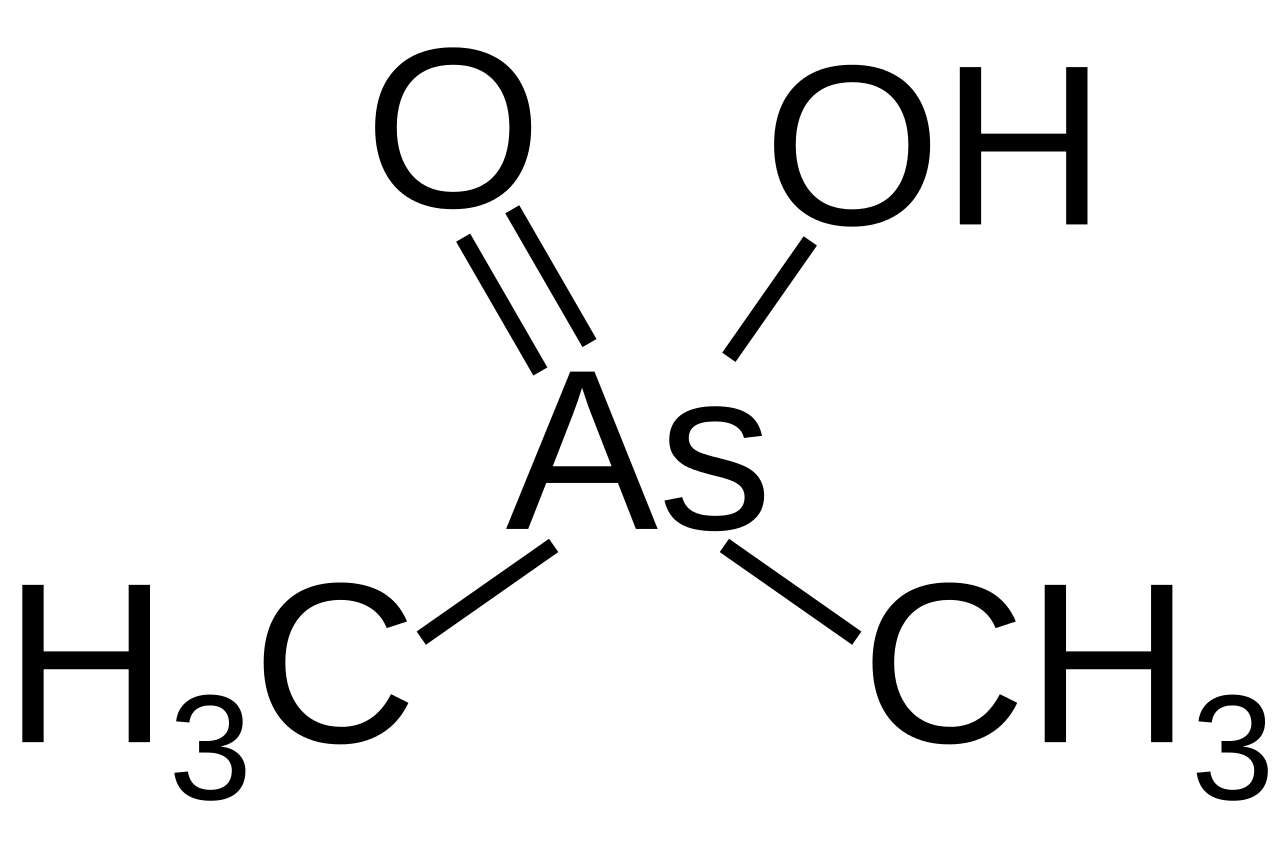

The basis for the creation of the composition of "agents" formed the groundwork of American botanist Arthur Galston, who later demanded to ban the use of the mixture, which he considered chemical weapons. In the early 1940s, while still a young graduate student at the University of Illinois, Arthur Galston studied the chemical and biological properties of auxins and the physiology of soybean crops, he discovered the effect of 2,3,5-triiodobenzoic acid on the flowering process of a specified category of plants. He established in a laboratory method that in high concentrations this acid leads to a weakening of the cellulose fibers at the junction of the stem with the leaves, which leads to leaf fall (defoliation). Galston defended his thesis on his chosen topic in 1943 and spent the next three years researching the production of rubber products for military needs. Meanwhile, information about the discovery of a young scientist without his knowledge was used by military laboratory technicians at Camp Detrick (the head office of the American program for the development of biological weapons) to find out the prospects for the combat use of chemical defoliants to solve tactical problems (hence the official name of such - “tactical defoliants” or “tactical herbicides”) in the Pacific theater of military operations, where American forces faced fierce resistance from Japanese forces, and enjoying the benefits provided to them by the thick jungle vegetation. Galston was shocked when two leading specialists from Camp Detrick arrived at Caltech in 1946 and solemnly reported that the results of his thesis served as the basis for current military developments (as the author was rewarded by the state) . Subsequently, when the details of US military intervention in Vietnam in the 1960s. was covered in the press, Galston, feeling his personal responsibility for the development of the "orange agent", demanded to stop spraying the substance over the countries of the Indochinese Peninsula. According to the scientist, the use of this drug in Vietnam "shaken his deep faith in the constructive role of science and led him to active opposition to official US policy." As soon as information on the use of the substance reached the scientist in 1966, Galston immediately made a speech for his speech at the annual scientific symposium of the American Society of Plant Physiologists, and when the executive committee of the company refused to give him the floor, Galston privately began collecting signatures from fellow scientists under a petition to President Lyndon Johnson. Twelve scientists wrote in the petition their thoughts on the inadmissibility of the use of "agents" and the potential consequences for the soil and populations of sprayed areas. The president did not respond to the appeal, but US Undersecretary of State Nicholas Katzenbach wrote Galston a formal response in which he assured him that the chemicals used by the US Army in Southeast Asia are “harmless” and that they are sprayed only in “remote areas”; which "are warned in advance."
The large-scale use of chemicals by the American forces led to grave consequences. Mangrove forests (500 thousand hectares) were almost completely destroyed, 60% (about 1 million hectares) of the jungle and 30% (more than 100 thousand hectares) of lowland forests were affected. Since 1960, the yield of rubber plantations has decreased by 75%. American troops destroyed from 40% to 100% of the crops of bananas, rice, sweet potatoes, papaya, tomatoes, 70% of coconut plantations, 60% of hevea, 110 thousand hectares of casuarina plantations.
As a result of the use of chemicals, the ecological balance of Vietnam has seriously changed. In the affected areas, out of 150 species of birds, 18 remained, an almost complete disappearance of amphibians and insects occurred, the number of fish in the rivers decreased. The microbiological composition of the soil was disturbed, the plants were poisoned. The number of species of trees and shrubs of tropical rainforest has sharply decreased: isolated species of trees and several types of prickly herbs that are not suitable for livestock feed remained in the affected areas.
Changes in the fauna of Vietnam caused the displacement of one species of black rats by other species that carried plague in South and Southeast Asia. In the species composition of ticks appeared mites-carriers of dangerous diseases. Similar changes occurred in the species composition of mosquitoes: instead of harmless mosquito-endemics, mosquito-peddlers of malaria appeared.
But all this fades in the light of the impact on man.
The fact is that of the four components of the “agents” the most toxic is cacodylic acid. The earliest studies of Kakodil were conducted by Robert Bunsen (yeah, the Bunsen burner is in his honor) at the University of Marburg: “the smell of this body causes an instant tingling in the hands and feet, and even dizziness and insensitivity ... the smell of these compounds, the tongue is covered with black bloom, even when there are no further negative consequences. "Cacodilic acid is extremely toxic if ingested, inhaled, or in contact with skin. In rodents, it has been shown that it is a teratogen, often causing cleft palate and fetal mortality at high doses. It is also found that it exhibits genotoxic properties in human cells. Not being a strong carcinogen, cacodylic acid enhances the effect of other carcinogens in organs such as the kidneys and liver.
But it is flowers. The fact is that due to the synthesis scheme, 2,4-D and 2,4,5-T always contain about 20 ppm dioxin. I have already, by the way, told about it .
The Vietnamese government claims that 4 million of its citizens were exposed to the “orange agent”, and as many as 3 million suffered from illnesses. According to estimates by the Red Cross of Vietnam, up to 1 million people are disabled or have health problems due to the “orange agent”. About 400,000 Vietnamese died from acute poisoning with an “orange agent.” The United States government disputes these figures as unreliable.
According to a study conducted by Dr. Nguyen Viet Ngan, children in areas where an “orange agent” was used have many health problems, including cleft palate, mental impairment, hernias, and additional fingers and toes. In the 1970s, high levels of dioxin were found in the breast milk of South Vietnamese women and in the blood of US military personnel who served in Vietnam. The most affected areas are mountainous areas along Truong Son (Long Mountains) and the border between Vietnam and Cambodia. Affected people in these regions suffer from a variety of genetic diseases.
Click here if you really want to see the effects of an orange agent on a person. But I warn you: do not.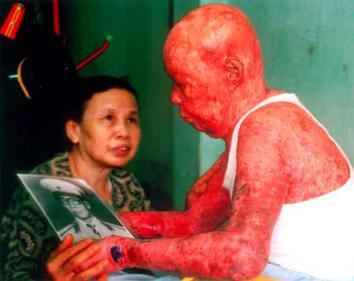



All former US military bases in Vietnam, where herbicides have been stored and loaded into aircraft, can still contain high levels of dioxins in the soil, which poses a threat to the health of the surrounding communities. Extensive dioxin contamination tests were conducted at former US air bases in Da Nang, Fo-Kat District and Bien Haa. Some of the soils and sediments have extremely high levels of dioxin that require decontamination. At Danang airbase, dioxin contamination is 350 times higher than that provided by international standards. Contaminated soil and sediments continue to infect Vietnamese people, poisoning their food chain and causing diseases, serious skin diseases and various types of cancer in the lungs, larynx and prostate.
(By the way, are you still using Vietnamese balsam? What can I say ...)
We must be objective and say that the US military in Vietnam also suffered: they were not informed about the danger, and therefore they were convinced that the chemical was harmless and did not take any precautions. Upon returning home, the Vietnamese veterans began to suspect something: the health of the majority deteriorated, their wives increasingly had miscarriages, children were born with birth defects. Veterans began filing lawsuits in 1977 with the Veterans Affairs Department for disability payments for medical services, which, in their opinion, were related to the impact of the “orange agent”, or more specifically, dioxin, but their claims were denied since they could not prove that the disease began when they were in the service or within one year after the dismissal (conditions for granting payments). To us in our countryit is very familiar.
By April 1993, the Department of Veterans Affairs had compensated only 486 victims, although it received disability claims from 39,419 soldiers who were exposed to Agent Orange while serving in Vietnam.
Since 1980, attempts have been made to obtain compensation through legal proceedings, including with companies producing these substances (Dow Chemical and Monsanto). During the morning hearings on May 7, 1984, in the framework of a lawsuit initiated by American veteran organizations, Monsanto and Dow Chemical corporate lawyers managed to settle a collective action without trial a few hours before the jury selection was to begin. The companies agreed to pay $ 180 million in compensation if veterans give up all claims against them. Many of the veterans who became victims were outraged that the case was settled instead of going to court: they felt that they had been betrayed by their lawyers. The “fair hearings” were held in five major American cities,where veterans and their families discussed their response to the settlement and condemned the actions of the lawyers and the courts, demanding that the case be considered by the jury by their colleagues. Federal judge Jack B. Weinstein dismissed the appeals, saying the settlement was "fair and just." By 1989, the veterans' fears were confirmed when it was decided how the money would actually be paid: maximum (yeah, exactlyas much as possible !) a disabled Vietnam veteran could receive a maximum of $ 12,000 with payment in installments over 10 years. In addition, by accepting these benefits, disabled veterans could lose the right to receive many state benefits, which provided much greater financial support: such as food stamps, government aid and state pensions.
In 2004, Monsanto spokesman Jill Montgomery stated that Monsanto is not responsible for injuries or deaths caused by “agents”: “We sympathize with people who believe they have been injured, and understand their concern and desire to find a cause, but reliable scientific evidence suggests that the "orange agent" is not the cause of serious long-term health effects. "
The Vietnamese Association of Victims of Orange Agent and Dioxin Poisoning (VAVA), filed a lawsuit “for liability in causing bodily harm, developing and producing a chemical” to the United States District Court for the Eastern District of New York in Brooklyn against several US companies, arguing that the use of “agents” violated the 1907 Hague Convention on Land Wars, the 1925 Geneva Protocol and the 1949 Geneva Conventions. Dow Chemical and Monsanto were the two largest manufacturers of “agents” for the US military and were named in the lawsuit along with dozens of other companies (Diamond Shamrock, Uniroyal, Thompson Chemicals, Hercules, and others). On March 10, 2005, Judge Jack B. Weinstein of the Eastern District (the one who presided over the 1984 US class veteran class action), rejected the claimhaving decided that there are no rights to claims. He concluded that the "orange agent" was not considered a poison under international law during its use in the United States; The US was not prohibited from using it as a herbicide; and the companies that produced the substance were not responsible for the method of its use by the government. Weinstein used a British example to help reject lawsuits: “If Americans were guilty of war crimes for using the Orange Agent in Vietnam, then the British would also be guilty of war crimes, as they were the first country to use herbicides and defoliants in the war and used them on a large scale throughout the Malaysian operation. Since there were no protests from other states in response to Britain’s use,The United States viewed this as setting a precedent for the use of herbicides and defoliants in the war in the jungle. "The US government was also not a party to the lawsuit due to sovereign immunity, and the court ruled that chemical companies, as contractors of the US government, have the same immunity The case was appealed and considered by the Court of Appeals for the Second Circuit in Manhattan on June 18, 2007. Three judges of the Second District Appeals Court upheld Weinstein’s decision to dismiss the case. They ruled that, although the herbicides were Dioxin (a known poison) is neighing, it is not intended to be used as a poison for humans. Therefore, defoliants are not considered chemical weapons and therefore do not violate international law.Further consideration of the case by the entire panel of judges of the Court of Appeal also confirmed this decision.The lawyers for the victims filed a petition with the US Supreme Court to consider the case. On March 2, 2009, the Supreme Court refused to reconsider the decision of the Court of Appeal.
On May 25, 2007, President Bush signed a law providing for the allocation of $ 3 million specifically to fund programs for decontaminating dioxin contamination sites at former US military bases, as well as for public health programs for surrounding communities. It must be said that high temperatures (more than 1000 ° C) are required for the destruction of dioxins, the destruction process is energy-intensive, so some experts believe that only the US airbase in Da Nang will require $ 14 million to clean, and to clean up other former Vietnamese military US bases with high pollution levels will require another $ 60 million.
Secretary of State Hillary Clinton said during a visit to Hanoi in October 2010 that the US government will begin work on cleaning up dioxin contamination at Da Nang airbase.
In June 2011, a ceremony was held at Da Nang airport to mark the start of US-funded detoxification of dioxin hot spots in Vietnam. To date, the US Congress has allocated $ 32 million to finance this program.
To help those affected by dioxin, the Vietnamese government has created “peaceful villages”, each of which has between 50 and 100 victims, who receive medical and psychological assistance. As of 2006, there are 11 such villages. American veterans of the Vietnam War and people who know and sympathize with the victims of the Orange Agent supported these programs. An international group of veterans from the United States and their allies during the Vietnam War, together with their former enemy, veterans from the Vietnam Veterans Association, founded a Vietnam Friendship Village outside of Hanoi. This center provides medical care, rehabilitation and vocational training for children and veterans from Vietnam affected by dioxin.
The Vietnamese government provides small monthly scholarships to more than 200,000 Vietnamese allegedly affected by herbicides; only in 2008 this amount amounted to 40.8 million dollars. The Vietnamese Red Cross raised more than $ 22 million to help the sick or disabled, and several US funds, UN agencies, European governments and non-governmental organizations allocated a total of about US $ 23 million for territory cleaning, reforestation, health care and other services.
More information about the support of the victims of the "orange agent" can be found here .
Here is such a story of the spread of democracy,%% username. And this is never funny.
And now…
Source: https://habr.com/ru/post/450598/
All Articles